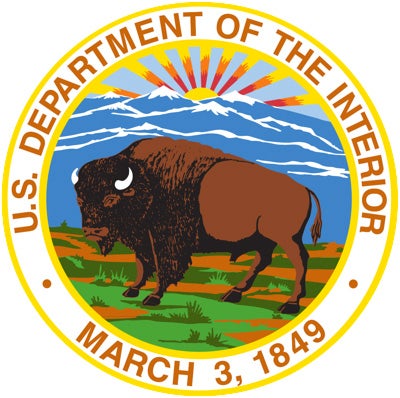Kentucky wildlife refuges get federal help
Published 3:07 pm Monday, May 1, 2023
|
Getting your Trinity Audio player ready...
|
BY TOM LATEK
Kentucky Today
The U.S. Department of the Interior announced Thursday that more than $21.7 million has been approved by the Migratory Bird Conservation Commission to help conserve land on five national wildlife refuges across four states, including two in Kentucky.
The acquisitions will expand public opportunities for hunting, fishing, wildlife observation and outdoor recreational access.
The funding to conserve 5,401 acres for five national wildlife refuges through the Migratory Bird Conservation Fund was derived primarily from the sale of Federal Migratory Bird Hunting and Conservation Stamps, commonly known as Duck Stamps, along with import duties on imported firearms and ammunition. Since 1934, the Federal Duck Stamp Program has provided more than $1.1 billion for habitat conservation in the National Wildlife Refuge System.
The two sites in western Kentucky are:
• Clarks River National Wildlife Refuge near Benton, with $6,621,000 to acquire 2,482 acres.
• Green River National Wildlife Refuge near Henderson, with – $11,372,000 to acquire 1,335 acres
The other sites to receive funding are Cat Island National Wildlife Refuge in Louisiana, Silvio O. Conte National Fish and Wildlife Refuge in New Hampshire, and Willapa National Wildlife Refuge in the state of Washington.
While Duck Stamps are required for waterfowl hunters as an annual license, anyone can contribute to conservation by buying them. A current Duck Stamp is also a pass into any national wildlife refuge that charges an entry fee. Because nearly all the proceeds are used to conserve habitat for birds and other wildlife, outdoor enthusiasts including birders and nature photographers buy Duck Stamps to help preserve some of the most diverse and important wildlife habitats in our nation.
Additional information about North American wetlands and migratory bird conservation can be found on the U.S. Fish and Wildlife Service’s Migratory Birds webpage, where waterfowl enthusiasts, biologists and agency managers can find the most up-to-date waterfowl habitat and population information.




